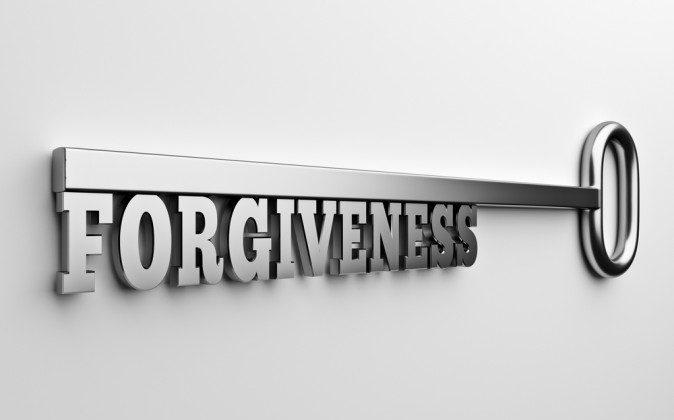Why do our children make us angry? Why do we react to their anger with our own? Why can’t we reliably respond with loving kindness, teaching our children to handle their emotions well?
One big reason is that…
Parenting stirs up our shadows. It wakes the fears and vulnerabilities we thought were safely tucked away and sleeping. Our infants can’t read the “Do Not Disturb” signs that protect the parts of us we’ve disowned as unworthy, not enough, or too flawed. Our toddlers blunder into our anger, impatience, and frustration. Our older children pick up our habits and mirror the masks and shields we use to protect our vulnerability.
We have no choice about this. Our children will trigger our shadows. They will stir up the parts of ourselves we don’t like and wish weren’t there. Yet we can’t wish them away – either our children or the exiled parts of ourselves hiding in the shadow. What we can do is choose how we interact – first with the exiled parts of ourselves and then with our children.
I noticed my shadow at work in my parenting almost as soon as I had my second daughter. I am a younger sister who desperately wanted the love and approval of my older sister while at the same time fearing her anger. I’ve often thought her moodiness controlled the whole family and shaped my childhood.
As a mother, I noticed that I identified with my younger daughter. I wanted to protect her from her sister. I started to see my older daughter as “the older sister” and to fear her moodiness, intensity, and anger would make life intolerable for the whole family. I noticed I was projecting my childhood experience onto my own children, yet that intellectual understanding didn’t help change my behavior. I needed to dive into my shadow.
Six years later, after a bumpy ride of self-discovery and surprising teachers, I’m a parent coach with a wonderful set of tools and a deep respect for the wisdom within each parent and child. I set and keep clear boundaries. Self-care is a priority because I know fatigue will trigger Mrs. Hyde. My home is often a place of harmony.
Would you like to experience these benefits and more? Let’s take a journey into your shadow. The following exercise takes you through five steps to go into your shadow and find gifts which help you be a better parent. If you want more support Call me and I'll guide you.

(Shutterstock*)
Try It: 4 Steps to Mine the Gifts of the Shadow
1) What beliefs live in your shadow? Read the following sentences out loud to yourself. Pause after each one. Does this sound true to you? Notice how you feel in your body. Notice your emotions. Numbness and distraction are particularly interesting responses.
- No matter how hard I try, I’m failing someone – my kids, my husband/wife, my business, or myself.
- I’m responsible for my kids’ behavior. If they annoy someone else, it’s my fault. I should be able to have perfectly well behaved kids.
- Every time my child does something earlier than his or her peers, I feel like I’m doing a good job as a parent. My kid is advanced.
- Every time my child’s peers do something sooner, I wonder what I’m doing wrong. My kid is behind. Is he stupid? Am I failing? I know I should spend more time with him. Should we get a special teacher? What’s the right thing to do?
- I’m not ______ enough.
- I don’t deserve to be happy.
2) Pause again and breathe. You’re not alone. No one likes to invoke these beliefs and the feelings that accompany them. But you’re not alone. Every parent I’ve ever worked with has some variation of at least one of these beliefs. Most of us have experienced all of them at one time or another.
Being willing to look within your shadow and own the beliefs, judgments and stories that live there is a great step. Now let’s take the next step and work with what you found.
3) Get out a journal. A journal can be as simple as opening a Word or Gdoc or it can be a beautiful book. I suggest something simple and accessible. After moving boxes of heavy paper journals, I’ve found the lightweight portability of Word makes it the right choice for my journal.
Shame thrives on isolation. The shadow is a place we put things to isolate them. Speaking it into open space makes it more available, less shameful. Vulnerability, honesty, and compassion are the keys to working with the shadow.
4) Pick one of the statements that brought up a strong response in you. Say it to yourself again. Journal. Write from the part of you that believes the statement. Invite in the other parts of you that come up. Allow them all to journal. Ask each part:
- How are you feeling?
- What do you want or need?
- Are you trying to protect me from anything?
- How do you impact my parenting?
- Write down the first things that come to mind, even if they don’t seem to make sense.
5) End with gratitude for each of the voices within you. They were just vulnerable and allowing themselves to be seen. They are part of you.
The more you can do the above exercise with compassion, curiosity, and a desire to listen deeply, the more effective it will be. Connecting with your shadow with vulnerability and courage is one of the best gifts you can give yourself and your children. Joy lies on the other side.
About the author: Kassandra Brown loves to make it easier for parents to find the gifts within their shadows. Sound good to you? Sign up for a free consultation at parentcoaching.org.
*Images of “forgiveness“ and ”children“ via Shutterstock




Friends Read Free